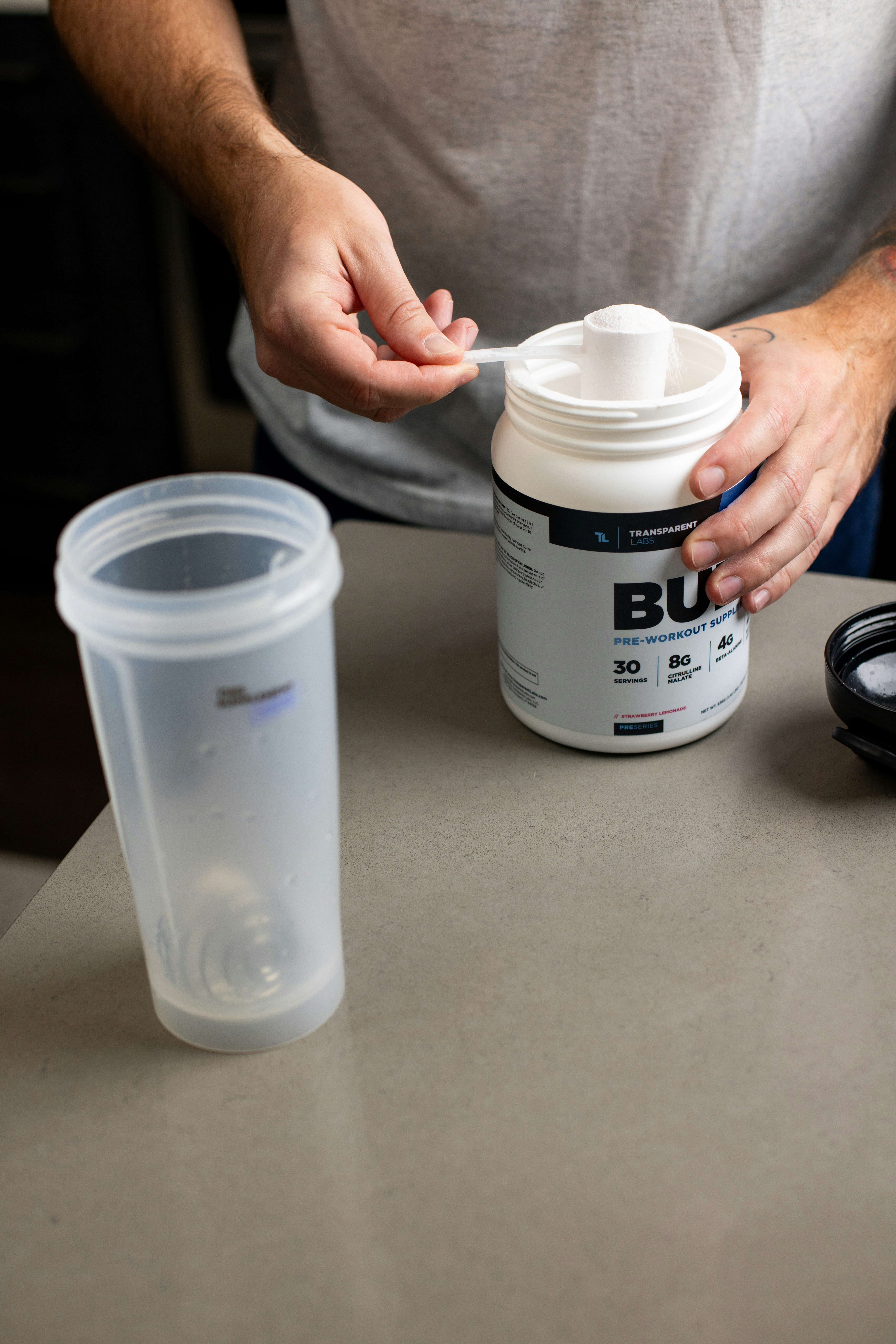
Table of Contents
How Many Calories Should I Eat for a Bulk?
Intro to A Caloric Surplus
The concept of caloric surplus is central to the process of muscle gain, particularly during a bulking phase aimed at increasing mass. A caloric surplus occurs when the number of calories consumed exceeds the number of calories expended. This excess energy is crucial, as it provides the body with the necessary resources to build and repair muscle tissue, leading to growth. Without a caloric surplus, the body may not have the sufficient energy required to synthesize new muscle fibers, resulting in limited progress in weight gain and muscle development.
For those looking to bulk, it’s typically recommended to consume a caloric surplus of about 10-20% above one’s maintenance level, which is the amount of calories needed to maintain current body weight. This percentage allows for a gradual weight increase while minimizing the likelihood of excessive fat gain. It’s important to note that individual needs may vary based on factors such as age, sex, metabolism, and level of physical activity. Therefore, it is crucial to adjust caloric intake according to personal requirements.
Common misconceptions about bulking often include the idea that one can eat anything and everything to gain weight. This is misleading, as the quality of calories matters significantly. Rather than merely focusing on bulking through processed foods and empty calories, a healthy approach should emphasize nutrient-dense foods. This strategy not only supports muscle gain but also promotes overall health and wellbeing. Whole grains, lean proteins, healthy fats, and fruits and vegetables should form the foundation of a bulking diet to achieve sustainable weight gain.
In essence, understanding caloric surplus is vital for anyone serious about bulking. By ensuring a well-planned increase in caloric intake while prioritizing healthy food choices, individuals can effectively enhance their muscle-building efforts and promote better overall health during their bulking phase.
Calculating Your Baseline Caloric Needs
Understanding your baseline caloric needs is an essential step in creating an effective bulking strategy. Baseline caloric needs refer to the number of calories your body requires to maintain its current weight, taking into account various factors like age, sex, weight, height, and activity level. Correctly calculating these needs ensures that you can provide your body with the appropriate caloric surplus necessary to foster muscle growth and overall weight gain.
One of the most widely used methods for calculating baseline caloric needs is the Mifflin-St Jeor equation. This equation offers a more accurate estimation compared to older formulas.
| For men, the equation is: | For women, the equation slightly differs: |
| Basal Metabolic Rate (BMR) = 10 * weight (kg) + 6.25 * height (cm) – 5 * age (y) + 5. | BMR = 10 * weight (kg) + 6.25 * height (cm) – 5 * age (y) – 161. |
Once you establish your BMR, multiply it by an activity factor based on your lifestyle, ranging from sedentary to very active, to determine your total daily energy expenditure (TDEE).
An alternative method for calculating caloric needs is the Harris-Benedict principle, which also considers similar factors but assigns different coefficients to generate BMR. Although both methods can yield useful results, it’s important to remember that individual variations exist. This is where the precision in measuring your personal metrics becomes critical; inaccuracies in your weight, height, or activity level can lead to significant discrepancies in your caloric needs.
Incorporating a precise calculation of your metabolic needs can serve as a solid foundation for a tailored bulking diet. Monitoring these variables over time helps you adjust your caloric intake, ensuring that your bulking strategy aligns with your desired fitness and weight gain objectives.
Setting Your Caloric Surplus for Bulking
To effectively approach a bulking phase, establishing the appropriate caloric surplus is essential. A caloric surplus refers to consuming more calories than the body expends, facilitating weight gain, predominantly in the form of muscle mass when paired with resistance training. Generally, a surplus of 250-500 calories above maintenance levels is recommended for those looking to bulk. This range allows for effective growth without excessive fat gain.
For individuals at different fitness levels, the specific caloric surplus might vary. Beginners might find that even a smaller surplus, around 250 calories, is sufficient to stimulate muscle growth. This moderate approach helps them adapt to increased training loads and promotes a more gradual change in body composition. On the other hand, individuals with more advanced training backgrounds may need to consider a higher surplus to achieve noticeable muscle gains, which aligns with the typical recommendation of up to 500 calories over maintenance.
However, it is crucial to monitor progress closely when entering a bulking phase. Weight gain should ideally occur at a rate of approximately 0.5 to 1 pound per week, depending on the individual’s starting body composition and training regimen. If an individual gains weight too rapidly, it is often advisable to adjust caloric intake downwards to prevent excessive fat accumulation. Conversely, if the desired weight gain is not occurring, increasing caloric intake may be necessary.
Ultimately, the success of a bulking cycle hinges upon flexibility in caloric intake. Regularly assessing weight changes, muscle performance, and body composition will inform needed adjustments, enabling one to maximize muscle development while minimizing fat gain.
Monitoring Progress and Making Adjustments
Monitoring progress during a bulking phase is crucial for achieving desired results while maintaining overall health. Effective tracking methods enable individuals to assess changes in body composition and identify the need for dietary adjustments. One of the most straightforward techniques involves conducting weekly weigh-ins. By weighing oneself at the same time each week, preferably in the morning before meals, individuals can obtain a reliable measure of their progress. It is advisable to note fluctuations in weight over time rather than fixating on daily changes, as a more extended perspective will provide insights into trends rather than outliers.
In addition to monitoring weight, taking body measurements can offer more comprehensive feedback. Recording measurements of key areas such as the waist, chest, arms, and thighs can help gauge muscle growth and fat distribution. Progress photos serve as a visual tool to document physical changes during the bulking process. By taking consistent photos from multiple angles under similar lighting conditions, individuals can clearly observe how their physique evolves over time.
Recognizing when to adjust calorie intake is essential for optimizing the bulking phase. If weight gain is slower than expected, a slight increase in calorie intake may be necessary. Conversely, if weight is increasing too rapidly, leading to undesirable fat gain, it may be prudent to decrease calories slightly. Maintaining a balance between gaining muscle and minimizing fat accumulation ensures that the bulking phase remains both effective and healthy. Fine-tuning calorie consumption based on progress, alongside regular assessments of strength and performance in training, helps establish a tailored approach to nutrition during the bulking journey. This ongoing evaluation is integral to achieving long-term success and building a sustainable physique.
If you found this post to be helpful, then you may be interested in the rest of our blog page here.
At Gear Affiliate, we always want to give our readers more resources to research. Below are a few sources that we have found to be helpful relating to this topic.


